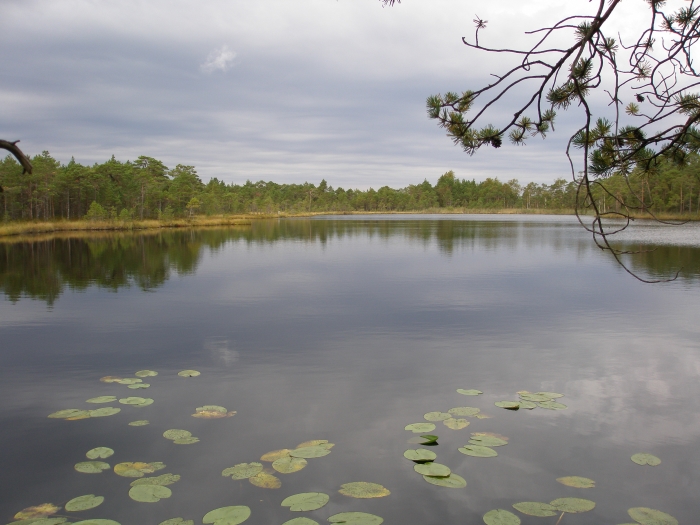A new National Park is born in Estonia – Alutaguse!
Lake Valgejärv in Estonia; photo by Jaana Oras from www.visitestonia.com
By the end of 2018, the Estonian Government announced the creation of a new National Park! Take a moment to get to know Alutaguse National Park, the 6th National Park of Estonia! Find out some of its history and unique species that live in this natural treasure. Congratulations Estonia!
Alutaguse National Park
The Alutaguse National Park covers predominating part of the Alutaguse lowland. One of the most characteristic features of this region is a sparse settlement and hia gh percentage of natural landscapes. The core of the national park are vast bog areas (54%) and forested landscapes (42 %).Also, Alutaguse is a border area in several meanings. During many centuries, Estonian, Russian and Votic cultures, languages and religions have mingled there.
Alutaguse National Park was established to protect a massive bog, forest and coastal landscapes together with cultural heritage, characteristic to Eastern Estonia. The largest bog massive in Estonia is the Puhatu bog.

Lake Viinamardi, Puhatu bog system, Photo by Jürgen Öövel from https://www.kaitsealad.ee
Unique species of Alutaguse
Natural landscapes of the Alutaguse National Park are suitable habitats for many rare species. Here are habitats of the Flying Squirrel, the Willow Grouse and the Black Stork.

Black Stork (from pixabay)
In the region, you can spot five different eagle species, as well as the Great Grey Owl and the Peregrine.

Eagle chich from www.envir.ee

pixabay
Alutaguse is the migration route of several mammals running between Estonia and Russia. Those are the Eurasian Wolf, the Brown Bear and the European Lynx.

pixabay
Alutaguse National Park was established in 2018 on the basis of 11 separate protected areas.
Countless lakes and singing sands
The longest coastal sands and dune system in Estonia (40 km) is situated on the northern shore of Lake Peipsi. In this coast, the grains of sand make a sound when rubbed against each other (say, while walking), thus called „singing sands”.
Alutaguse National Park belongs to Natura 2000 – the EU network of protected areas.
Kurtna kame field – the landscape with Estonia’s highest density of lakes – is comprising almost 40 lakes. There are especially valuable lakes with very rare species among them, for instance Lake Valgejärv.

Lake Valgejärv in Estonia; photo by Jaana Oras from www.visitestonia.com
What to visit in Alataguse?
- Permanent exhibition about the local nature and sustainable life-style, in the Iisaku nature centre.
- Permanent exhibition about the nature of the county and forest management, in the Kauksi visitors centre.
- In the Iisaku Parish Museum you can learn about local history, nature and cultural heritage.
For more information feel free to visit their page
Before you go, you should know:
1) You can pass through and stay on private land from sunrise to sunset without cousing disturbance to the owner or damage to the property.
2) You need owner’s permission for moving on fenced or marked private land.
3) You can move on internal water-bodies (except bog lakes and the Lake Kõnnu) but only with a non-propelled floating craft.
4) You can drive your motor vehicle on officially available roads and pathways. Parking is allowed in parking lots.
5) Tenting and making fire is allowed only in prepared and designated locations.
6) Do not use growing trees or bushes for fire!
7) Making fire in fire-risk periods is prohibited even in special camp-fire locations.
8) All pets taken to the nature are threatening wildlife, therefore keep them leashed at all times.
9) You can gather wild berries, mushrooms and flowers that are not under protection.
10) If there is damage in the nature or visiting objects, call 1313 (Environmental Information)